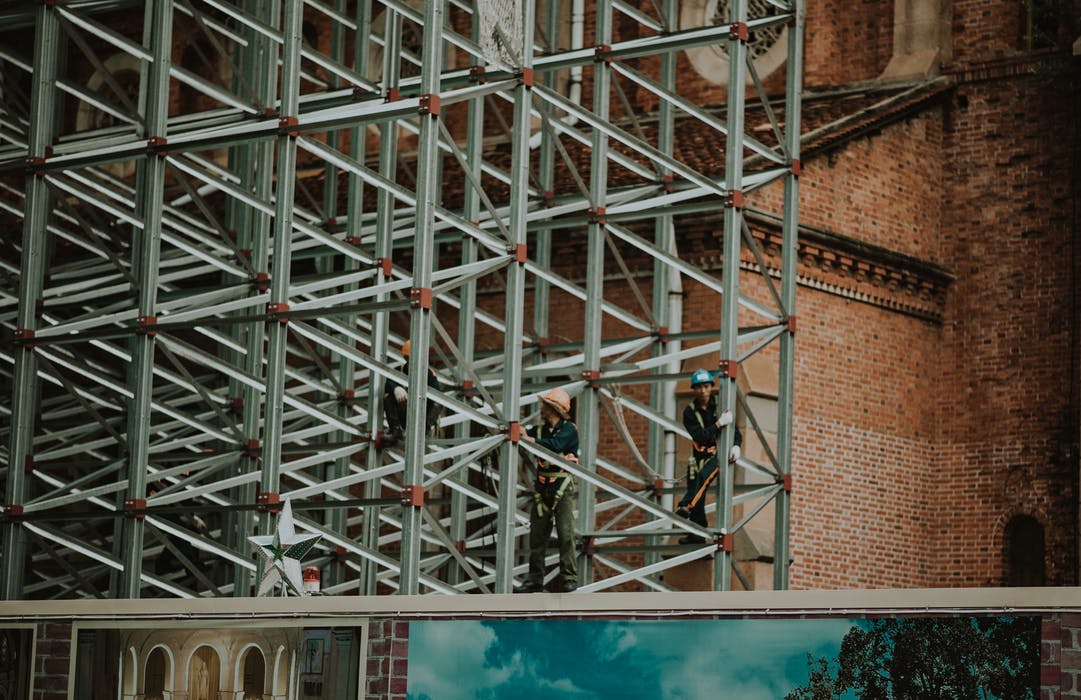One of the most common items you will see on any construction site are scaffolds. This equipment is designed to support the building if the structural integrity is compromised due to work, and to help construction workers reach the desired height to complete the job. What you may not know is that there are several different types of scaffold available in Mr Scaffold and other providers. Keep reading to find out about the four most common types of scaffold.
Type 1: Trestle

One of the most recognizable types of scaffold is referred to as trestle; this working platform is different from many other types because it is most commonly used for inside jobs or work that needs to be completed inside a room. Due to this, trestle is often used for indoor painting.
Each type of support structure has its own specifications that make it suitable for the job, and trestle is no different. Trestle platforms are used inside and therefore do not need to reach great heights, this means that the maximum height for this type of structure is usually about 5 meters. It is also important to remember that as they are used for smaller, quicker jobs, they need to be easy to assemble, disassemble and move. Due to this, they are generally supported on movable ladders and tripods.
Type 2: Steel

Another common type of scaffold is known as steel; as suggested by the name, these structures as made almost entirely out of steel. These platforms are easily recognizable and are the most commonly used structures in the construction industry. It is almost impossible to drive past a large construction site without noticing a steel structure. Steel platforms can be recognized by their large steel tubes that are put together by a variety of different fittings, or couplers.
The benefit of steel working platforms is that they are exceptionally durable, and are even fire resistant. Furthermore, they are regarded as being the safest choice for construction workers to use.
Whilst it may seem like these platforms are bulky and difficult, they are surprisingly easy to assemble and disassemble, making them convenient. However, it is important to note that these structures are one of the more expensive options on the market and there are many other more cost effective alternatives.
Type 3: Suspended
This type of working structure is quite different to many other types of scaffold due to the way its assembled. Generally, support structure uses the ground for stability, however, suspended platforms use the rooftop of a building.
The benefit of hanging the structure from the roof gives working the ability to easily lift and lower it during the process. Ropes, chains and wires are used to make this as safe and simple as possible for the workers using the structure.
Unlike many other types of working platform, suspended are rarely used for construction work. Instead, these working platforms are more often used for repair work or cleaning. Suspended structures can often be seen in use on large commercial buildings for tasks such as window cleaning.
Type 4: Patented
Patented scaffolds are another form of structure that are primarily made out of steel. The unique thing about these platforms lies in the type of couplings and frames that are used to assemble them.
Many construction companies favor patented platforms because they come pre-assembled, making them incredibly convenient. Essentially, there is no need for assembly or disassembly before and after every use, which saves a lot of time. It is also important to note that patented platforms can be adjusted to reach any height so t is suitable for almost any job.